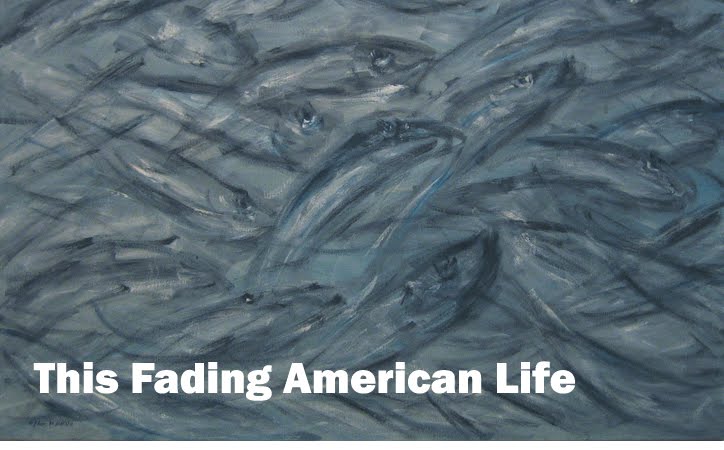Yet, behind this cheerful and happy veneer, something deeply disturbing is lurking.
Richard Arum and Josipa Roksa published in New York Times a somber article, Your So-Called Education, which was enough to make people sleepless, if they care about the future of this once great country. Below are some paragraphs from the article:
The decline of the education is the U.S. is obvious to most and it will go lower, considering in this country, people only have eyes and ears for celebrities or virtual television shows, plus the daily intellect bashing from certain political sectors, the trend will continue in long stride.
We would be happy to join in the celebrations if it weren’t for our recent research, which raises doubts about the quality of undergraduate learning in the United States. Over four years, we followed the progress of several thousand students in more than two dozen diverse four-year colleges and universities. We found that large numbers of the students were making their way through college with minimal exposure to rigorous coursework, only a modest investment of effort and little or no meaningful improvement in skills like writing and reasoning.
In a typical semester, for instance, 32 percent of the students did not take a single course with more than 40 pages of reading per week, and 50 percent did not take any course requiring more than 20 pages of writing over the semester. The average student spent only about 12 to 13 hours per week studying — about half the time a full-time college student in 1960 spent studying, according to the labor economists Philip S. Babcock and Mindy S. Marks.
Not surprisingly, a large number of the students showed no significant progress on tests of critical thinking, complex reasoning and writing that were administered when they began college and then again at the ends of their sophomore and senior years. If the test that we used were scaled on a traditional 0-to-100 point range, 45 percent of the students would not have demonstrated gains of even one point over the first two years of college, and 36 percent would not have shown such gains over four years of college.
While some colleges are starved for resources, for many others it’s not for lack of money. Even at those colleges where for the past several decades tuition has far outpaced the rate of inflation, students are taught by fewer full-time tenured faculty members while being looked after by a greatly expanded number of counselors who serve an array of social and personal needs. At the same time, many schools are investing in deluxe dormitory rooms, elaborate student centers and expensive gyms. Simply put: academic investments are a lower priority.
The situation reflects a larger cultural change in the relationship between students and colleges. The authority of educators has diminished, and students are increasingly thought of, by themselves and their colleges, as “clients” or “consumers.” When 18-year-olds are emboldened to see themselves in this manner, many look for ways to attain an educational credential effortlessly and comfortably. And they are catered to accordingly. The customer is always right.
Others involved in education can help, too. College trustees, instead of worrying primarily about institutional rankings and fiscal concerns, could hold administrators accountable for assessing and improving learning. Alumni as well as parents and students on college tours could ignore institutional facades and focus on educational substance. And the Department of Education could make available nationally representative longitudinal data on undergraduate learning outcomes for research purposes, as it has been doing for decades for primary and secondary education.
Yet, people are less concerned and worried than they ought to be.
Read another article on New York Times, Major Delusions, by Tali Sharot:
THIS month American college seniors will don caps and gowns. As they await receipt of their diplomas, they will absorb lessons handed to them by the accomplished men and women who deliver commencement speeches. More often than not the speakers will be outliers: rare individuals who made it against all odds. More often than not their message will be "dreams come true ... take chances ... if you try hard enough you will succeed."I got it. We cannot let despair to bog us down. But the relentless cheerfulness so perversely prevailing in the American culture was the engine to push or pull this country ahead. However, it did not act alone. It was coupled with solid public educational system in past decades.
"Don't know that you can't fly, and you will soar like an eagle," Earl E. Bakken, founder of the medical technology company Medtronic, told the University of Hawaii's class of 2004. "You have to trust that the dots will somehow connect in your future," Steven P. Jobs told Stanford's 2005 graduates.
For many years, scientists were puzzled by the existence of this unshakable optimism. It did not make sense. How is it that people remain optimistic even though information challenging those predictions is abundantly available? It turns out it is not commencement speeches or self-help books that make us hopeful. Recently, with the development of non-invasive brain imaging techniques, we have gathered evidence that suggests our brains are hard-wired to be unrealistically optimistic. When we learn what the future may hold, our neurons efficiently encode unexpectedly good information, but fail to incorporate information that is unexpectedly bad.
That's why when we listen to Oprah Winfrey’s rags-to-riches story our brain takes note and concludes that we too may become immensely rich and powerful one day; but when told the likelihood of being unemployed is almost 1 in 10 or of suffering from cancer is over 1 in 3 we take no notice.
In some cases relatively minor biases can even lead to global disaster. Take the financial crisis of 2008. Each investor, homeowner, banker or economic regulator expected slightly better profits than were realistically warranted. On its own, each bias would not have created huge losses. Yet when combined in one market they produced a giant financial bubble that did just that.
As the Duke economists Manju Puri and David T. Robinson suggest, optimism is like red wine: a glass a day is good for you, but a bottle a day can be hazardous. The optimal solution then? Believe you will live a long healthy life, but go for frequent medical screenings. Aspire to write the next "Harry Potter" series, but have a safety net in place too.
At a time when the economic crisis is deepened by revolutions and tsunamis, cautious optimism may be the most useful message to communicate to graduates — believe you can fly, with a parachute attached, and you will soar like an eagle.
With the demise of those superb public school in the nation, cheerfulness can only take you few steps, but never far.






No comments:
Post a Comment